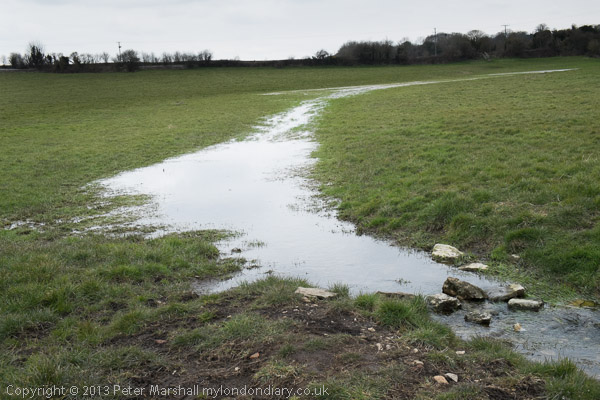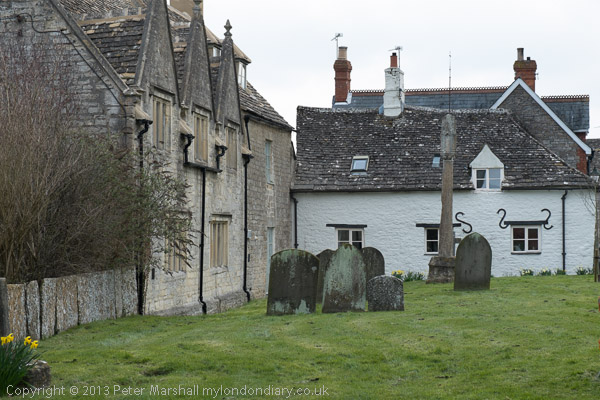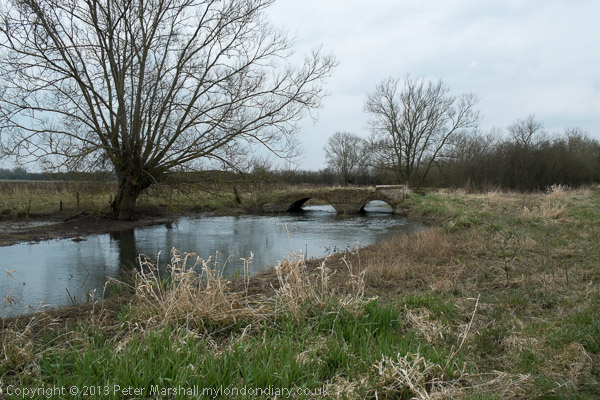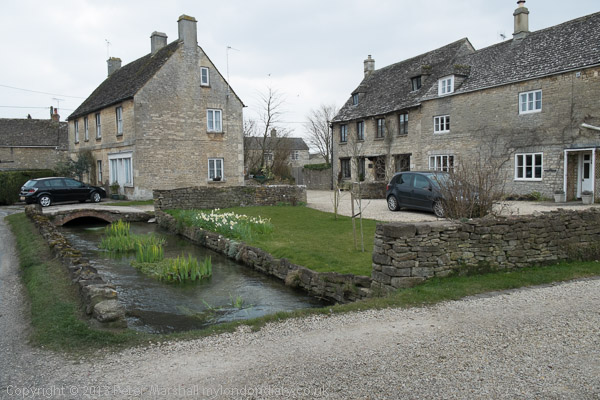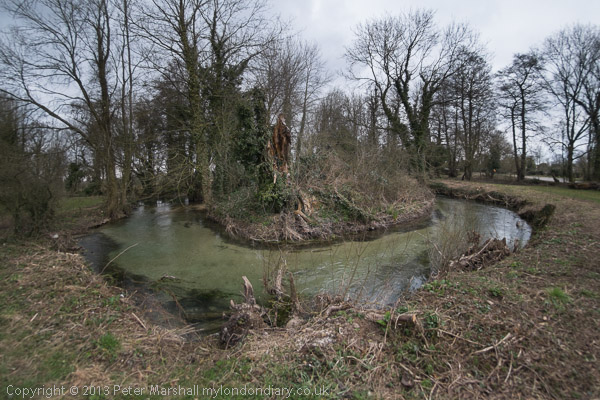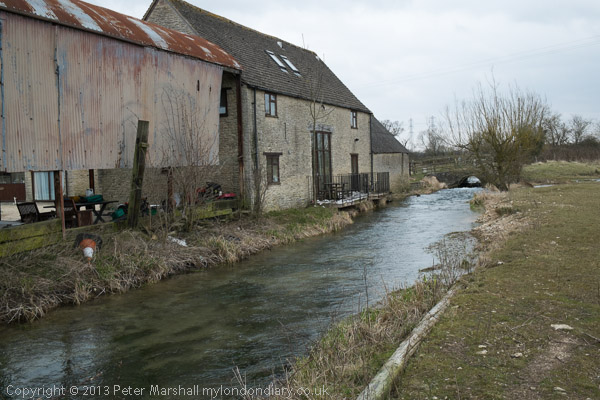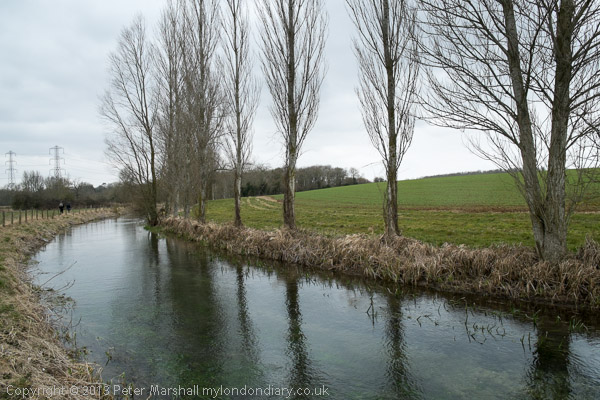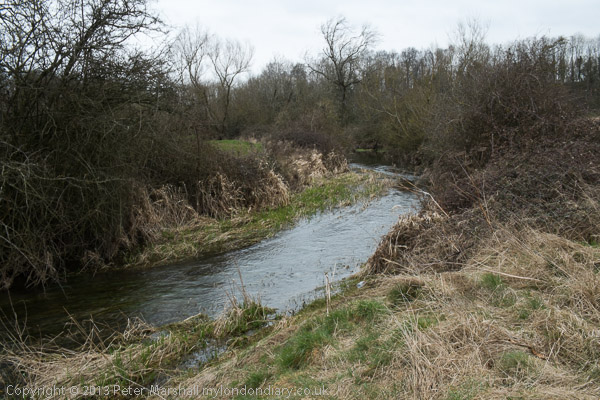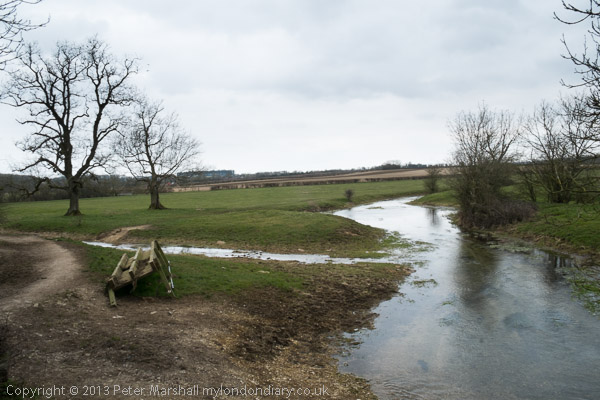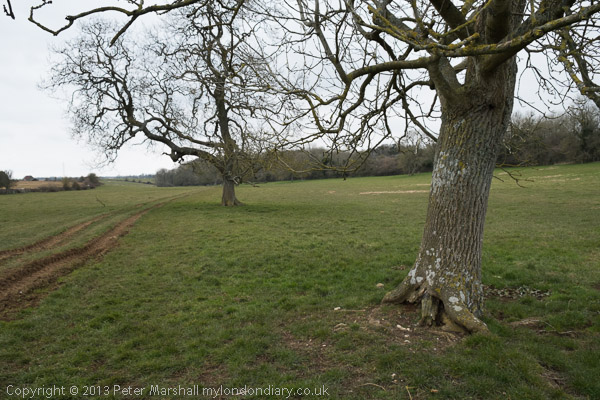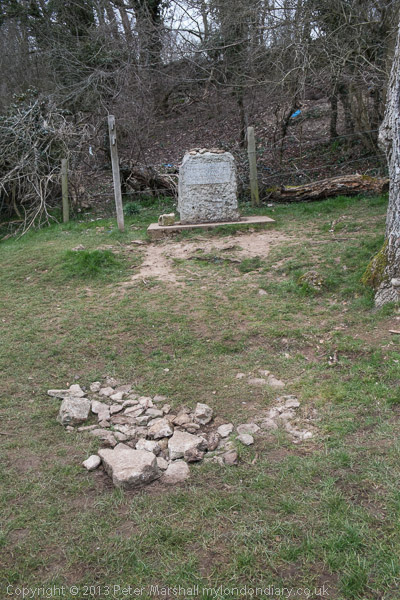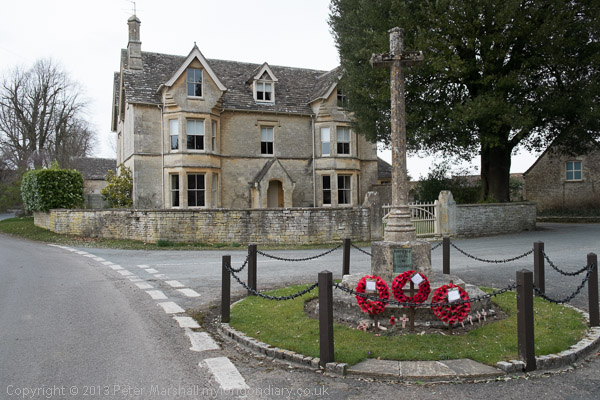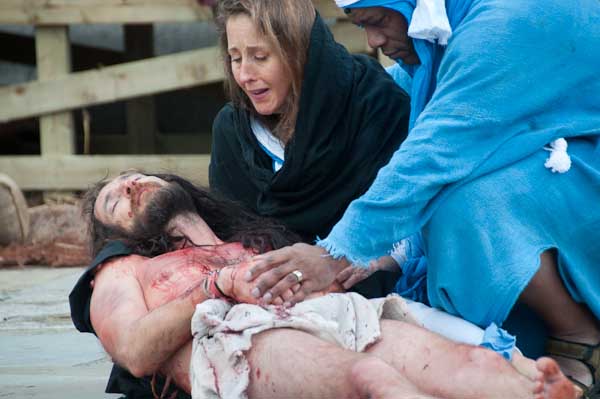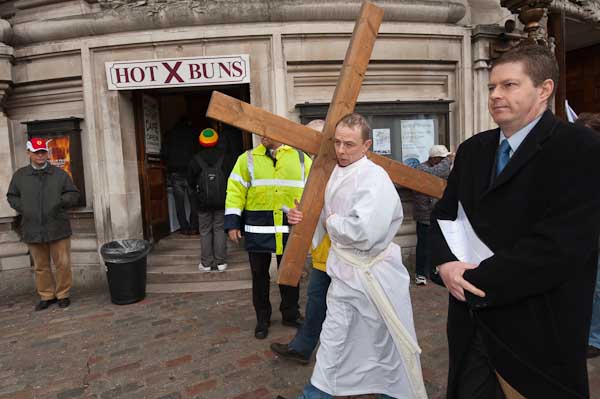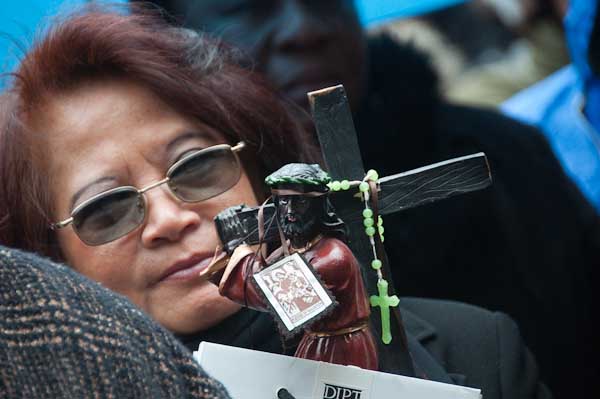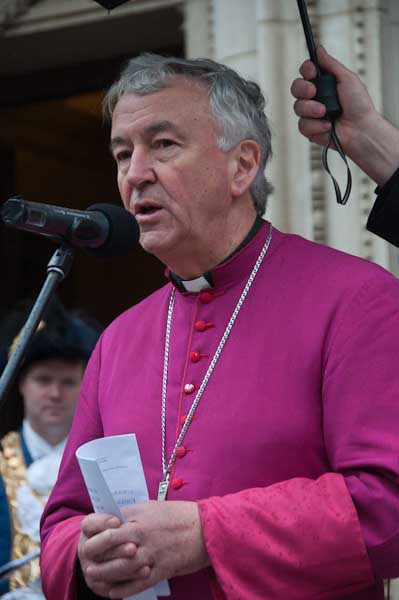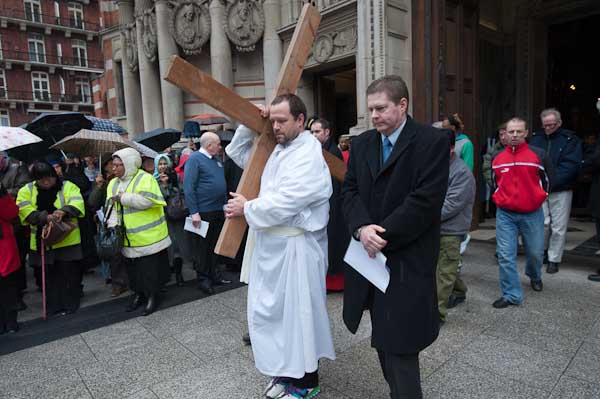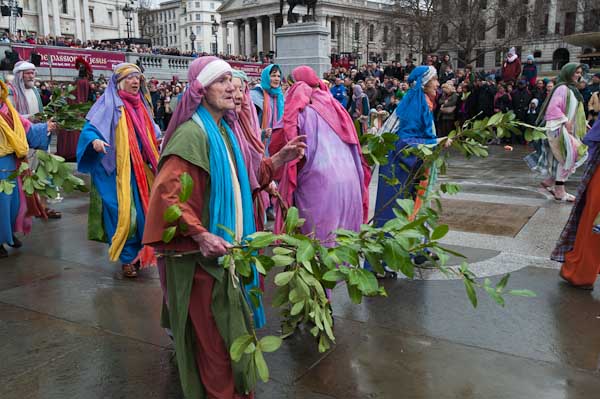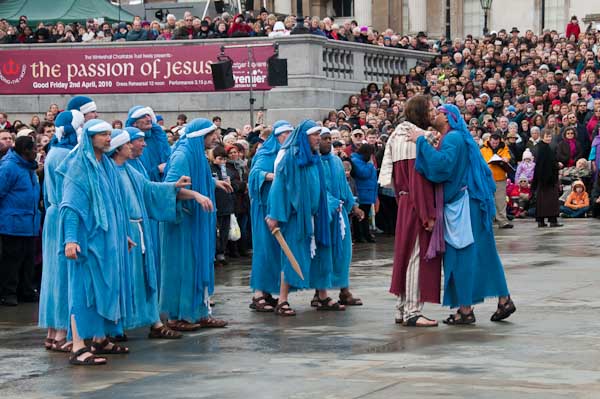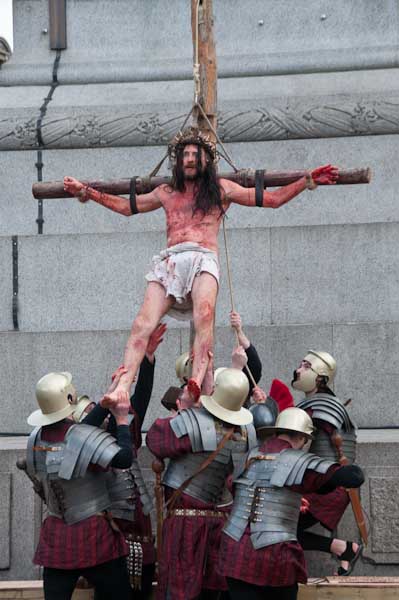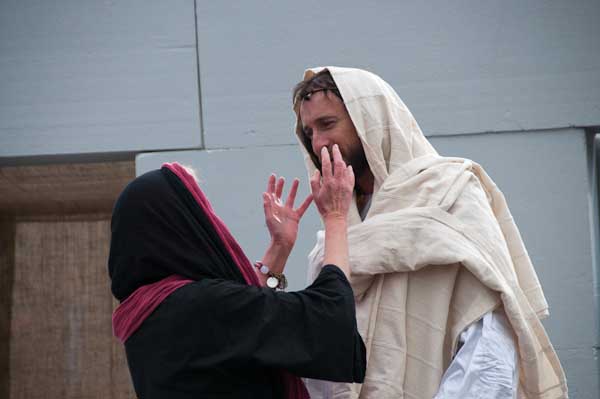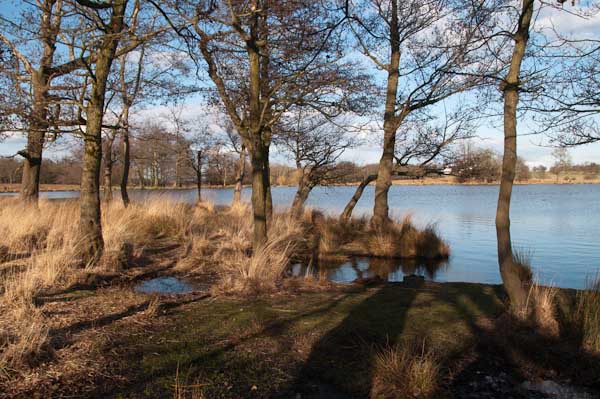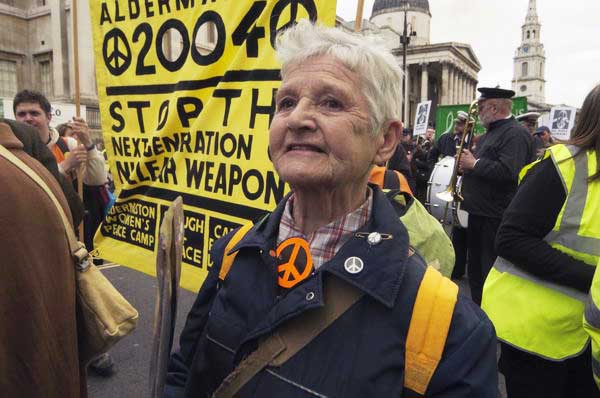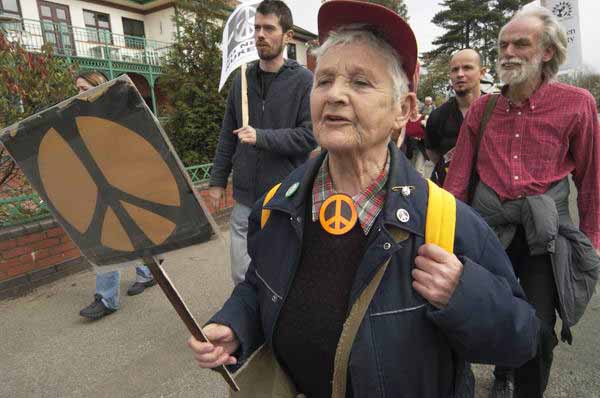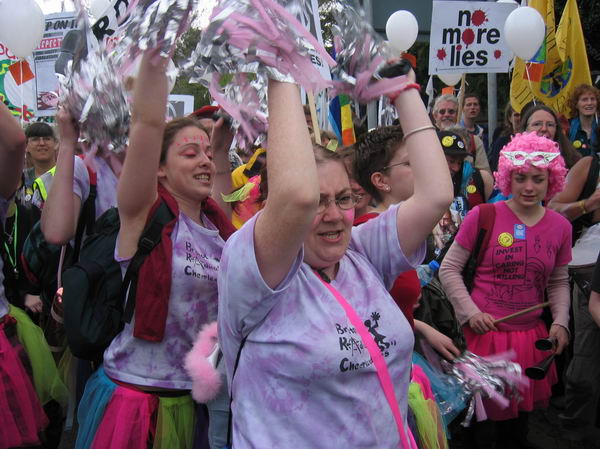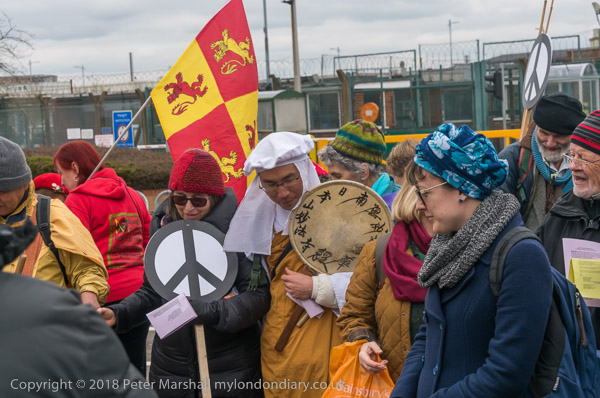Shrove Tuesday Pancake Races – Tomorrow is Shrove Tuesday, but in 2013 it fell on Tuesday 12th February and was celebrated in several places across London with Pancake races.
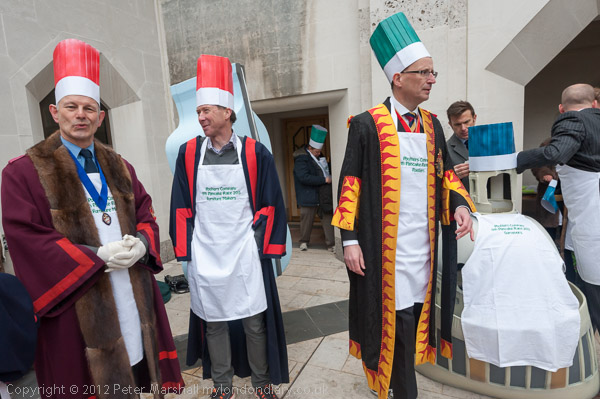
Shrove Tuesday is the final day of the Christian Shrovetide or Carnival, observed in different ways around the world as Wikipedia relates. It is the day before Ash Wednesday which marks the beginning of Lent. We are perhaps rather short-changed here in the UK with pancakes, while in Venice and Rio Janeiro they have real carnivals to celebrate Mardi Gras.
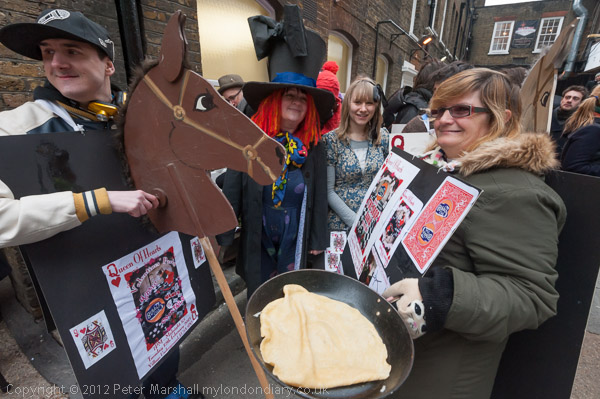
Some other countries also have rather more interesting foods than our traditional pancakes. All are ways to eat up richer foods before Lent when Christians ‘fasted’ or rather ate more simply for 40 days before Easter. It was also a day when people went to priests for confession to have their sins absolved – shriven – before getting down to serious service of repentance the following day, Ash Wednesday, and some churches still ring their bells to call in worshippers.
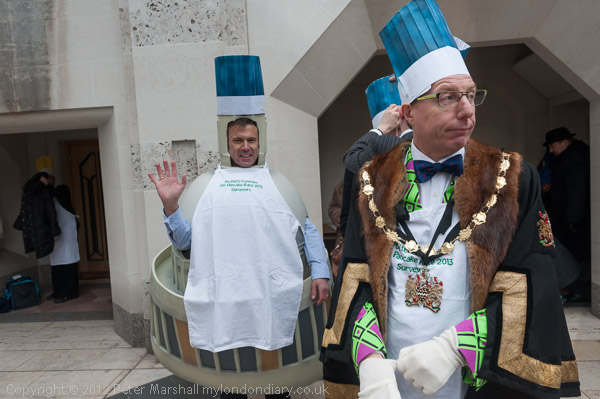
People in the UK have been eating pancakes on Shrove Tuesday since the 16th century, and even in families which did not observe the ecclesiastical calendar almost everyone ate them on that day in my youth, even if in homes like mine they came after the standard meat and two veg. I’ve never been keen on them, and perhaps the best you can say about them is that British pancakes are rather better than crêpes.
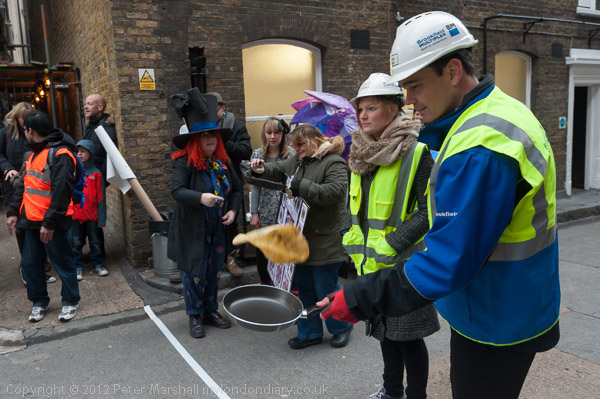
In many towns and cities in Britain the day used to be a half-holiday and work ended before noon to be followed by some kind of riotous mob football games with hundreds taking part in the streets. But most of these ended with the passage of the 1835 Highways Act which banned playing football on public highways, though the tradition continues in a slightly more organised form in a few towns.
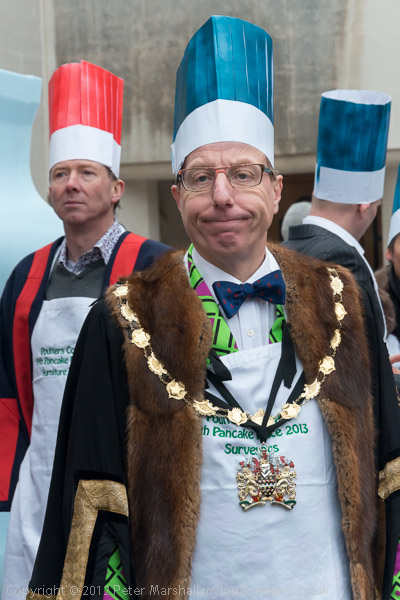
Pancake races are said to have begun in 1445 in Olney, Buckinghamshir when a woman making pancakes was surprised by the sound of the shriving bells and ran to church hot pan in hand, tossing the pancake on her way to stop it sticking. Whatever. But they soon became a fairly common tradition, along with various forms of begging and trick and treating now more associated with Halloween. But apart from a few particular instances – such as at Olney – these races and other practices had more or less died out by the twentieth century.
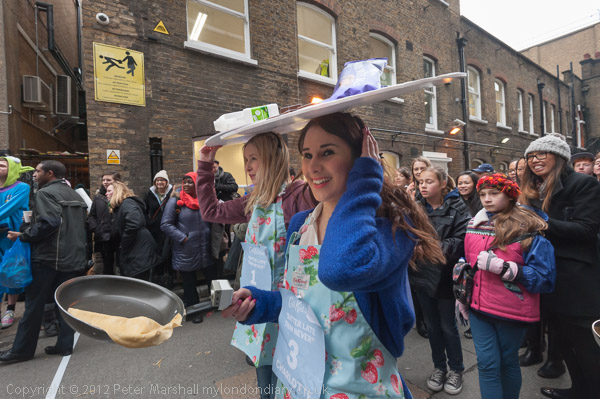
This century has seen a revival in pancake races, often raising funds for charities, including in London the Parliamentary Pancake Race between parliamentarians and press raising funds for Rehab and the City of London pancake races begun in 2004 by the Worshipful Company of Poulters to support the annual Lord Mayor’s Appeal.
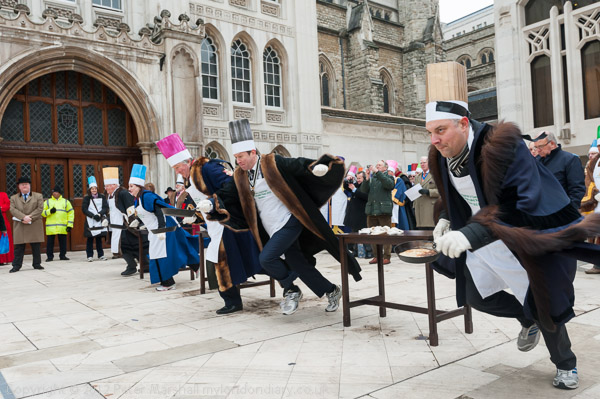
I’ve photographed both these, and in 2013 made another visit to the City of London race in Guildhall Yard, then rushed from there to the Great Spitalfields Pancake Race at the Old Truman Brewery just off Brick Lane which was supporting the Air Ambulance and is a fancy dress team relay event. Races I’ve been to in other years have included those in Leadenhall Market and outside Southwark Cathedral as well as the Parliamentary race.
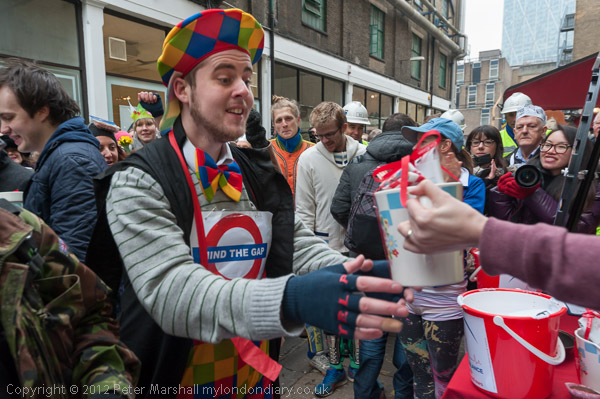
You can read more about both events and see many more pictures of them on My London Diary, where there are also pictures from the races in other years – put ‘pancake’ in the search box at the top of the My London Diary page to find more. Links to the 2013 races below:
Great Spitalfields Pancake Race
Poulters Pancake Race
Flickr – Facebook – My London Diary – Hull Photos – Lea Valley – Paris
London’s Industrial Heritage – London Photos
All photographs on this page are copyright © Peter Marshall.
Contact me to buy prints or licence to reproduce.
